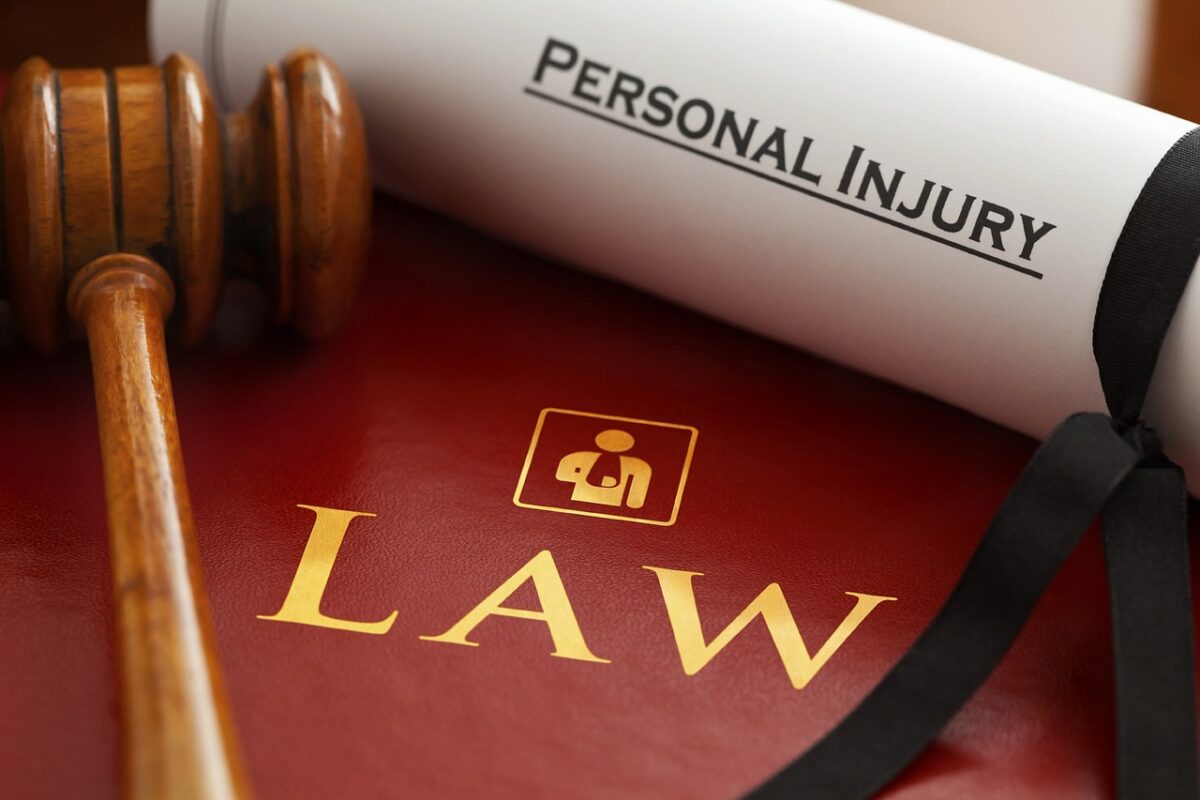Advocate’s Guide: Personal Injury Lawyer
Personal injury law is a complex and multifaceted area of legal practice that deals with cases where individuals have been harmed due to the negligence or intentional actions of others. This guide aims to provide a comprehensive overview of personal injury law, offering valuable insights for both new and experienced advocates.
Understanding Personal Injury Law
Personal injury law, also known as tort law, allows an injured person to file a lawsuit to receive compensation for damages resulting from an accident or other incident. The primary goal is to provide relief to the injured party and deter others from committing similar offenses.
Types of Personal Injury Cases
- Car Accidents
- Medical Malpractice
- Slip and Fall Accidents
- Product Liability
- Workplace Accidents
- Assault and Battery
Key Elements of a Personal Injury Case
To succeed in a personal injury case, the plaintiff must prove several elements:
Duty of Care
The defendant must have owed a duty of care to the plaintiff. For example, drivers have a duty to operate their vehicles safely and follow traffic laws.
Breach of Duty
The plaintiff must show that the defendant breached this duty through their actions or inactions. This could involve reckless driving, medical negligence, or failing to maintain safe premises.
Causation
The plaintiff must demonstrate that the defendant’s breach of duty directly caused their injuries. This often requires expert testimony and evidence.
Damages
The plaintiff must prove that they suffered actual damages, such as medical expenses, lost wages, or pain and suffering.
Steps in a Personal Injury Lawsuit
Personal injury lawsuits typically follow a series of steps:
Initial Consultation
The process begins with an initial consultation between the injured party and an attorney. During this meeting, the attorney evaluates the case’s merits and advises on the best course of action.
Filing the Complaint
If the attorney believes the case has merit, they will file a complaint in the appropriate court. This document outlines the plaintiff’s allegations and the relief sought.
Discovery
During discovery, both parties exchange information and gather evidence. This phase may include depositions, interrogatories, and requests for documents.
Settlement Negotiations
Many personal injury cases are resolved through settlement negotiations before reaching trial. Both parties may agree on a compensation amount to avoid the uncertainty and expense of a trial.
Trial
If a settlement cannot be reached, the case proceeds to trial. Both sides present their evidence and arguments, and a judge or jury determines the outcome.
Case Studies and Examples
Examining real-life cases can provide valuable insights into personal injury law:
Case Study: McDonald’s Hot Coffee Lawsuit
One of the most famous personal injury cases is the McDonald’s hot coffee lawsuit. In 1992, Stella Liebeck suffered third-degree burns after spilling hot coffee on herself. She sued McDonald’s, alleging that the coffee was excessively hot and dangerous. The jury awarded her $2.86 million in damages, highlighting the importance of product safety and corporate responsibility.
Case Study: Medical Malpractice
In another notable case, a patient underwent surgery to remove a tumor. The surgeon mistakenly removed the wrong organ, causing severe complications. The patient sued for medical malpractice and received substantial compensation for the error. This case underscores the critical role of medical professionals in ensuring patient safety.
Statistics and Trends
Understanding current trends and statistics can help advocates better navigate personal injury law:
- According to the National Center for Health Statistics, approximately 31 million people are injured in accidents annually in the United States.
- The Insurance Information Institute reports that the average auto liability claim for bodily injury was $18,417 in 2019.
- Medical malpractice claims have seen a decline in recent years, with the National Practitioner Data Bank reporting a 27% decrease in payments from 2003 to 2017.
Challenges in Personal Injury Law
Advocates often face several challenges in personal injury cases:
Proving Liability
Establishing liability can be difficult, especially in cases involving multiple parties or complex circumstances. Gathering sufficient evidence and expert testimony is often necessary.
Dealing with Insurance Companies
Insurance companies may attempt to minimize payouts or deny claims altogether. Advocates must be prepared to negotiate effectively and, if necessary, take the case to trial.
Statute of Limitations
Each state has a statute of limitations for filing personal injury claims. Missing this deadline can result in the case being dismissed, so timely action is critical.
Conclusion
Personal injury law plays a vital role in protecting individuals who have been harmed due to the negligence or intentional actions of others. By understanding the key elements of a personal injury case, the steps involved in a lawsuit, and the challenges advocates may face, legal professionals can better serve their clients and achieve favorable outcomes. Real-life case studies and current statistics further illustrate the importance of this area of law in ensuring justice and compensation for injured parties.
